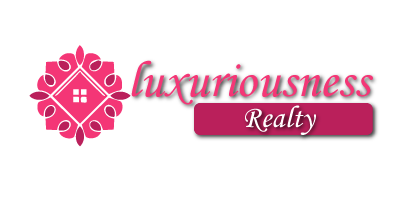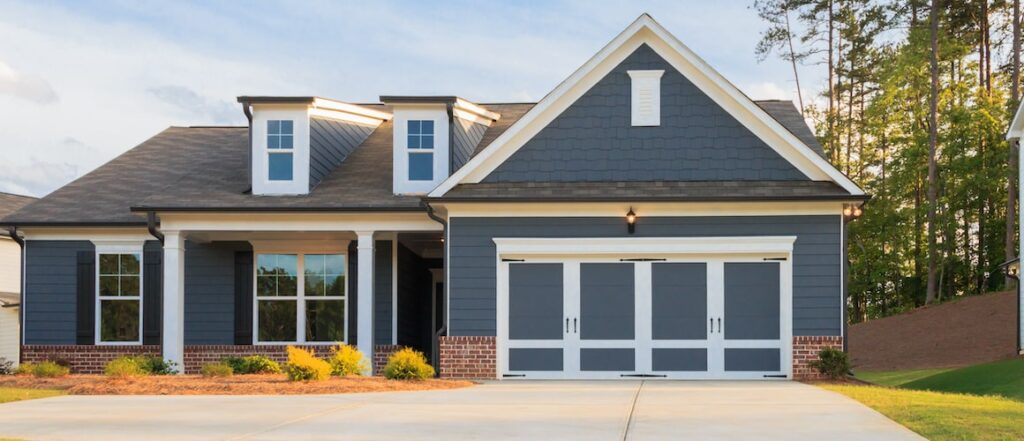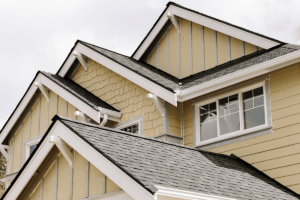As Sarah and John drove through the quiet suburban streets, they couldn’t help but marvel at the variety of homes they passed. To their right was a charming Cape Cod-style cottage, its gabled roof and shingled exterior standing in contrast to the sleek, modernist house next door with its flat roof and minimalist design. On another street, they spotted a grand Victorian home, its turret casting long shadows over the sidewalk. They had set out that day to find their dream home but quickly realized how many options there were. From sprawling ranch homes to compact townhouses, Sarah and John embarked on a journey that millions of people take each year—deciding which type of house best fits their needs, lifestyle, and budget.
In the world of real estate, the type of home you choose is more than just a roof over your head—it reflects your lifestyle, values, and often, financial goals. This article explores the most common types of houses, from trim and affordable options to luxurious and expansive homes. It provides a glimpse into what each type offers, as well as current real estate trends and statistics.
- Single-Family Homes
The most familiar type of home, the single-family detached house, is a standalone structure that sits on its lot. It doesn’t share walls with any other property, offering privacy and space, which is why it’s often the preferred choice for families in suburban areas.
Key Characteristics:
- Size: Varies widely, but typically between 1,500 and 4,000 square feet.
- Cost: Depending on location and size, prices can range from $250,000 to $1 million.
Market Trends:
According to the National Association of Realtors (NAR), 80% of U.S. homebuyers in 2023 opted for single-family homes, reflecting the continued popularity of these residences, particularly among families with children (source: NAR, 2023). While they remain the most sought-after option, the rising cost of land and construction materials has increased prices in many areas, leading to increased competition.
Single-family homes are most common in suburban and rural areas, with more available land. They offer more space for yards, garages, and gardens, which appeals to homeowners looking for more privacy and room to grow. However, single-family homes can also be found in urban settings, though they often come at a premium due to limited space.
- Condominiums (Condos)
A condominium, or condo, is a type of housing where individuals own their unit within a larger building or community. Still, common areas such as hallways, lobbies, and amenities like gyms or pools are shared among all residents.
Key Characteristics:
- Size: Usually smaller than single-family homes, ranging from 600 to 1,500 square feet.
- Cost: Prices can start from $200,000 in many U.S. cities but reach several million in premium locations like Manhattan or San Francisco.
Market Trends:
Condos are trendy in cities where land is scarce, and the cost of a single-family home is prohibitive. In 2022, 16% of homebuyers in the U.S. purchased a condo, many of whom were first-time buyers or downsizing retirees (source: NAR, 2022). Condos appeal to those who prioritize location over space, as they are often located in the heart of urban areas, close to work, entertainment, and public transportation.
The trade-off for convenience is that condo owners must pay Homeowner Association (HOA) fees, which cover maintenance of shared areas and building amenities. These fees vary widely, from as low as $100 per month to over $1,000 in luxury complexes with high-end amenities.
- Townhouses
A townhouse is a multi-floor home that shares one or two walls with adjacent properties but has its entrance and often a tiny yard. It is commonly found in cities and suburban developments and offers a compromise between a single-family home’s privacy and a condo’s affordability.
Key Characteristics:
- Size: Typically between 1,200 and 2,500 square feet.
- Cost: Prices range from $300,000 to $800,000 depending on location and size.
Market Trends:
Townhouses have become increasingly popular, especially in urbanized suburbs where land is at a premium, but there is still demand for single-family-style living. According to a report by Zillow, townhouse sales increased by 10% in 2022, particularly in metropolitan areas like Washington D.C., Seattle, and Miami, where space is limited. Still, demand remains high (source: Zillow Housing Market Report, 2023).
Townhouses often feature multiple floors, giving residents more vertical space than a typical condo. They also usually come with lower HOA fees than condos, although they may still require some shared maintenance costs for common walls or communal green spaces.
- Tiny Homes
The tiny home movement has gained momentum over the past decade. It is driven by a desire for simpler, more affordable living and a smaller environmental footprint. Tiny homes are typically standalone structures, often measuring less than 500 square feet.
Key Characteristics:
- Size: Usually 100 to 500 square feet.
- Cost: Tiny homes can range from $20,000 to $100,000, depending on whether pre-fabricated or custom-built.
Market Trends:
The tiny home movement has been fueled by Millennials and Gen Z, who are more inclined towards minimalist lifestyles. A 2021 survey by HomeAdvisor showed that interest in tiny homes grew by 67% over the previous two years, particularly among buyers looking for eco-friendly or low-cost housing options (source: HomeAdvisor, 2021).
Tiny homes are trendy in rural areas or on the outskirts of cities where land is more affordable. Some tiny houses are mobile and built on trailers, allowing for flexibility in location. Others are fixed on small plots of land, often in tiny home communities. Though affordable, tiny homes present challenges, such as limited storage and space constraints for growing families.
- Mansions
At the other end of the spectrum are mansions—large, luxurious homes typically located in exclusive neighborhoods or sprawling estates. These homes feature multiple bedrooms, expansive living spaces, and numerous high-end amenities, including pools, gyms, and private theaters.
Key Characteristics:
- Size: Typically more than 5,000 square feet.
- Cost: Prices start at around $1 million but can exceed $10 million in ultra-luxury markets like Beverly Hills or Palm Beach.
Market Trends:
Mansions are seen as a status symbol for the wealthy and have experienced a resurgence as the demand for luxury real estate has increased. According to Knight Frank’s Wealth Report 2023, global demand for luxury homes increased by 8%, with cities like Miami, Los Angeles, and Mexico City seeing the most significant growth in mansion sales (source: Knight Frank, 2023).
In addition to their size, mansions often come with luxury finishes, cutting-edge technology, and extensive outdoor spaces. However, maintaining such properties can be expensive, with annual upkeep usually exceeding $100,000.
- Duplexes and Multi-Family Homes
A duplex is a house divided into two separate units, each with its entrance. Multi-family homes, including triplexes or fourplexes, allow for more than two units. These homes are often purchased by investors or large families looking to live nearby but with separate living spaces.
Key Characteristics:
- Size: Usually between 2,000 and 4,000 square feet for a duplex.
- Cost: Prices range from $400,000 to $1 million depending on location.
Market Trends:
Multi-family homes have become increasingly popular as real estate investors look for properties that generate rental income. In 2022, multi-family property sales rose by 12%, driven by the growing demand for rental units, particularly in cities with high homeownership costs like San Francisco, New York, and Chicago (source: U.S. Census Bureau, 2023).
For many investors, purchasing a multi-family home can offset mortgage costs by renting out one or more units. Duplexes are also popular among families looking to live close together but still maintain some level of independence.
Conclusion: Choosing the Right Type of House for Your Needs
The type of house you choose is a profoundly personal decision shaped by your lifestyle, financial situation, and long-term goals. Whether you’re drawn to the charm of a single-family home, the convenience of a condo, or the simplicity of a tiny home, understanding the different types of houses and the market trends behind them can help you make an informed choice. During their house-hunting journey, Sarah and John discovered a home out there for everyone—whether you’re dreaming of sprawling mansions, cozy cottages, or something in between.






